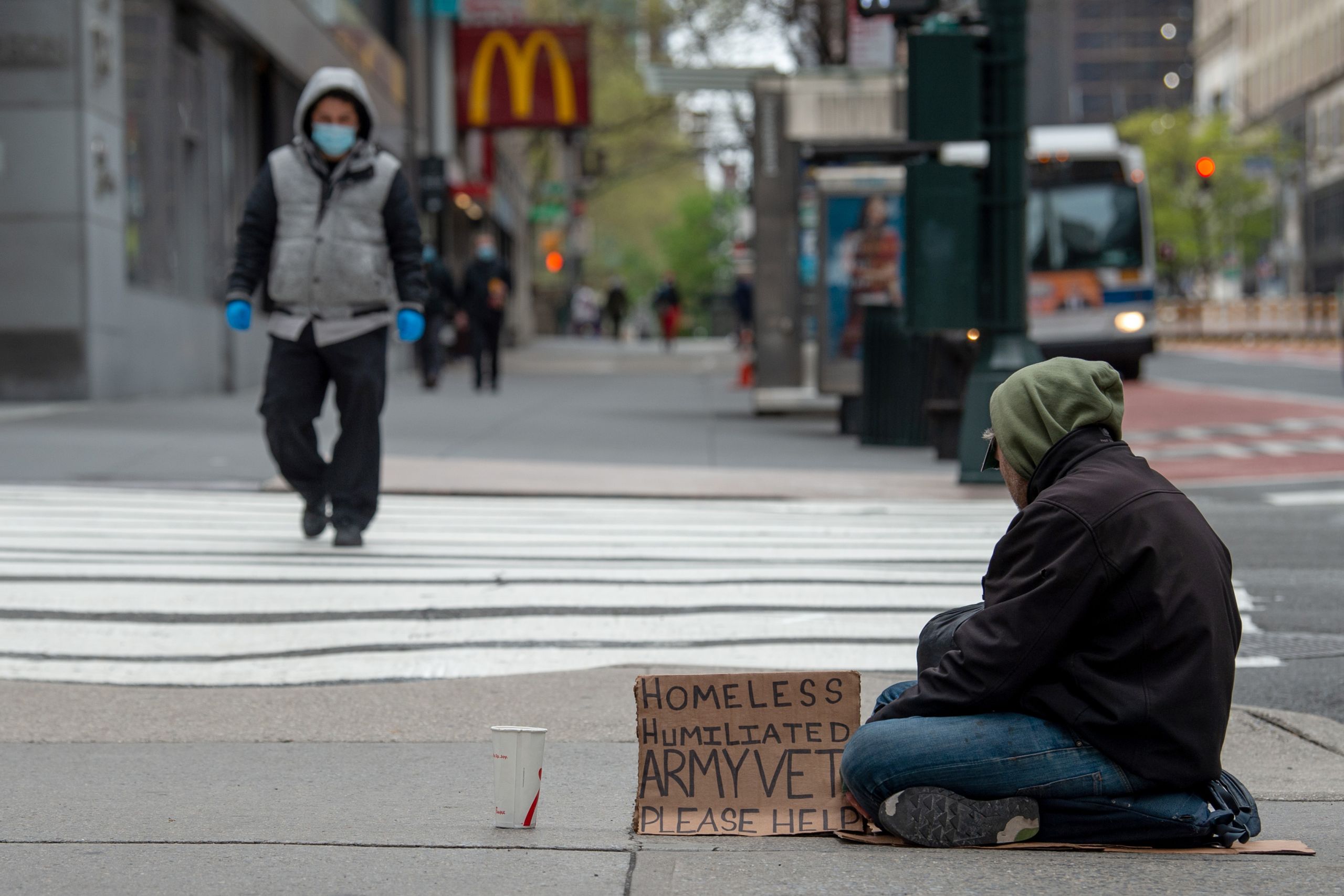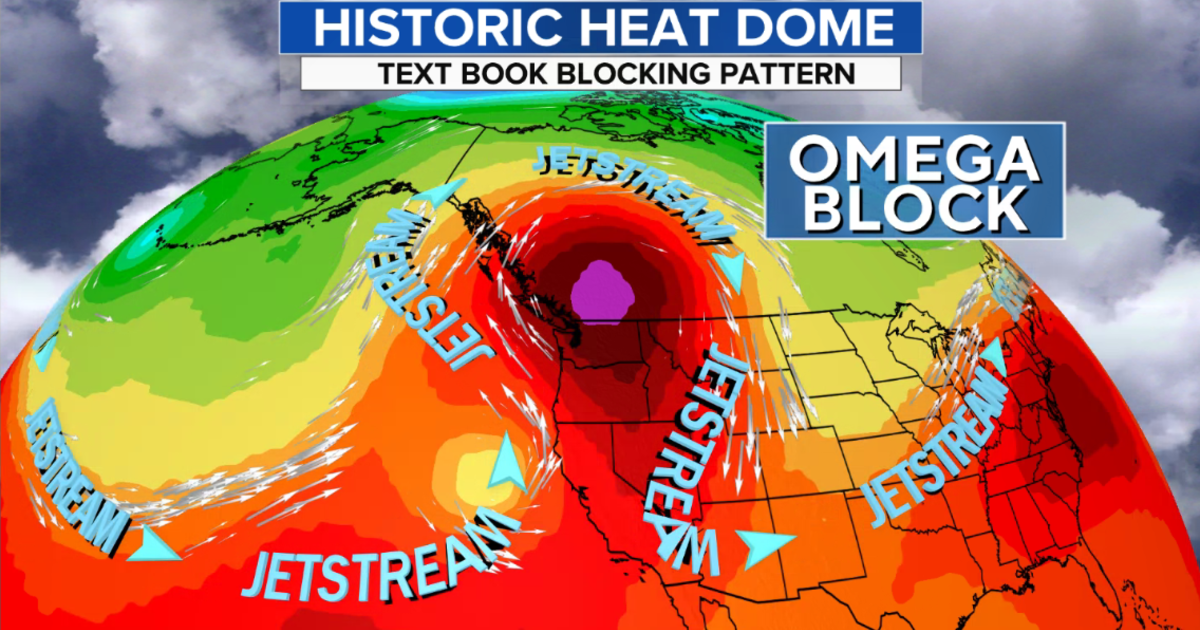When working with different platforms, we need to take strong considerations of our audiences and their needs. It's easy to say that putting a video out in public domain would spread message of our concerns about the homeless community, but if people cannot hear or see what's being conveyed on their screen, we're limiting our audience outreach. It is vital for content editors to take extra considerations on delivering our message with purpose and not limit who can gain access to the resources that's shared.
Multimedia
Multimedia makes content dynamic and engaging through visual and audio content but can easily create barriers to users who may not be able-bodied! It’s necessary to take the steps of being deliberate and intentional about developing captions and transcripts. Without limiting the user base, these steps bridge connection between the user and platform and enriches experiences when made accessible. To fully encapsulate the experience of engaging with multimedia, visual and auditory content must:
Contain accurate, synchronized captions
Have an accompanying transcript
Include audio or text descriptions for any visual elements not accurately accompanied by equivalent audio
Media players must be keyboard accessible for those who use adaptive technology to navigate the web. Features such as captions, transcripts, and audio descriptions ensure accessibility and usability for those who have cognitive learning disabilities, are second-language learners, and for those who are sight and/or hearing impaired.
Captions
Captions are accurate and synchronized text representation of all audio content including spoken words and critical non-verbal audio. This feature ensures that people with hearing impairments can understand what’s being communicated on video platforms and provide context that cannot be comprehended with audio only. Subtle events such as bird chirping in the background cannot be detected by someone who’s hearing-impaired unless the captioning mentions the sound.
Text Transcripts
Considering users that are both auditory and visually impaired, they utilize a refreshable braille display to engage with content, and transcripts provide essential descriptions that include important non-speech audio information in order for those users to understand the context of media.
Not limited to users with adaptive technology, transcripts accommodate for different learning styles. For both blind screen readers and able-bodied readers, they can read content at a higher speed than the natural speed of audio! As an alternative from captions, transcripts allow for flexibility by making content searchable by search engines. Searchability supplies feasibility when engaging with content and ease of information navigation.
Audio Description
Audio descriptions supply context for those who are visually impaired to understand contents such as charts, graphs, and text such as speaker names, titles, and links. This enables access to external material from the media source without any hassle.








